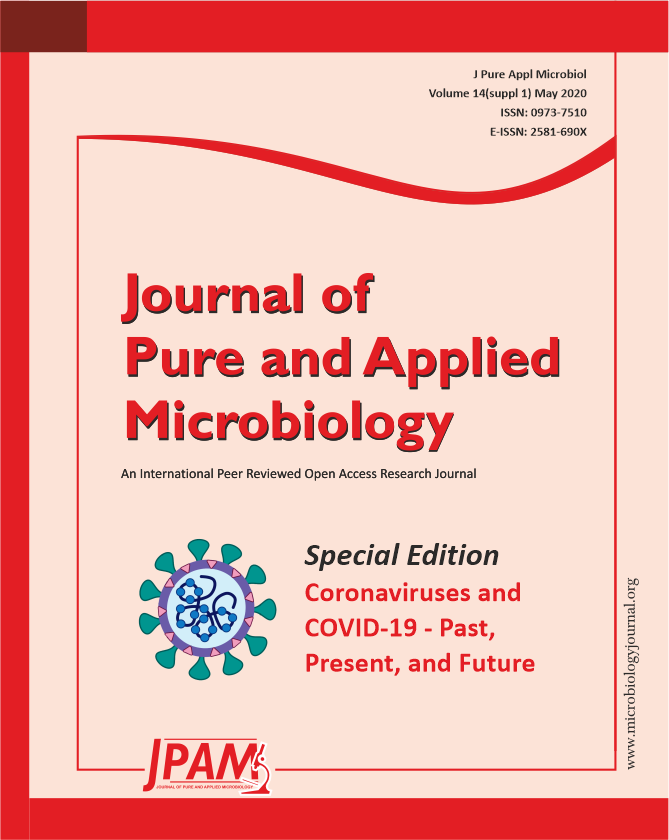Coronaviruses (CoVs) are responsible for causing economically significant diseases both in animals and humans. The Severe Acute Respiratory Syndrome Coronavirus-2 (SARS-CoV-2), causing Coronavirus Diseases (COVID-19), outbreak has become the first pandemic of the 21st century and is the deadliest pandemic after the 1918 Spanish Flu. Except, the two previous epidemics, SARS-CoV (2002 epidemic, China) and MERS-CoV (2012 epidemic, Middle Eastern region), CoVs are known the world over as the mild pathogens of humans and animals. Despite several measures to control the COVID-19 pandemic, it has affected more than 210 countries and regional territories distressing more than 5.3 million people and claiming nearly 0.34 million lives globally. Several findings point towards the appearance of the SARS-CoV-2 virus in the humans through animals, especially the wild animals of the Chinese live seafood wet market. The ongoing COVID-19 pandemic is another example of diseases originating from the human-animal interface and spreading through international borders causing global health emergencies. Most of the countries around the globe are stumbling due to the COVID-19 pandemic with severe threats and panic among the mass population. World Health Organization (WHO), international and national health authorities are working with excessive efforts for effective and impactful interventions to contain the virus. It is significant to comprehend the inclination of these viruses to jump between different species, and the establishment of infection in the entirely new host, identification of significant reservoirs of coronaviruses. Several animal species such as cats, dogs, tiger, and minks have been confirmed to get SARS-CoV-2 infections from COVID-19 infected person. Laboratory investigations point out those cats are the most susceptible species for SARS-CoV-2, and it can evidence with clinical disease. The studies carried out on animal’s susceptibility to SARS-CoV-2 further support the human-to-animal spread of the virus. In this review, we focus on addressing COVID-19 infections in domestic and wild animals.
SARS-CoV-2, COVID-19, Tiger, Cat, Domestic Animals, Wild Animals
© The Author(s) 2020. Open Access. This article is distributed under the terms of the Creative Commons Attribution 4.0 International License which permits unrestricted use, sharing, distribution, and reproduction in any medium, provided you give appropriate credit to the original author(s) and the source, provide a link to the Creative Commons license, and indicate if changes were made.


